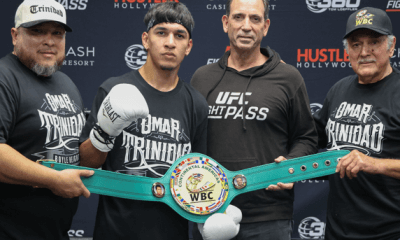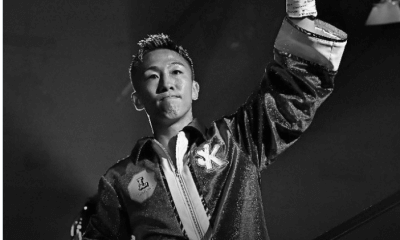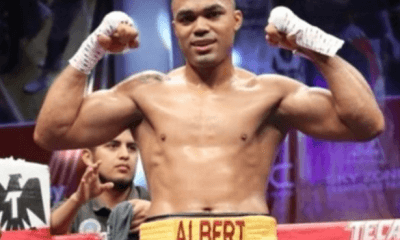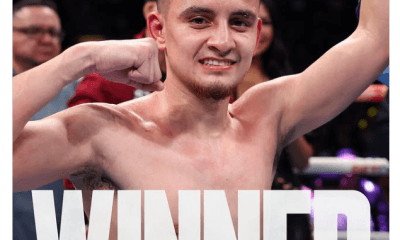Featured Articles
Jermell Charlo KOs Tony Harrison Plus Other Fight Results from Ontario
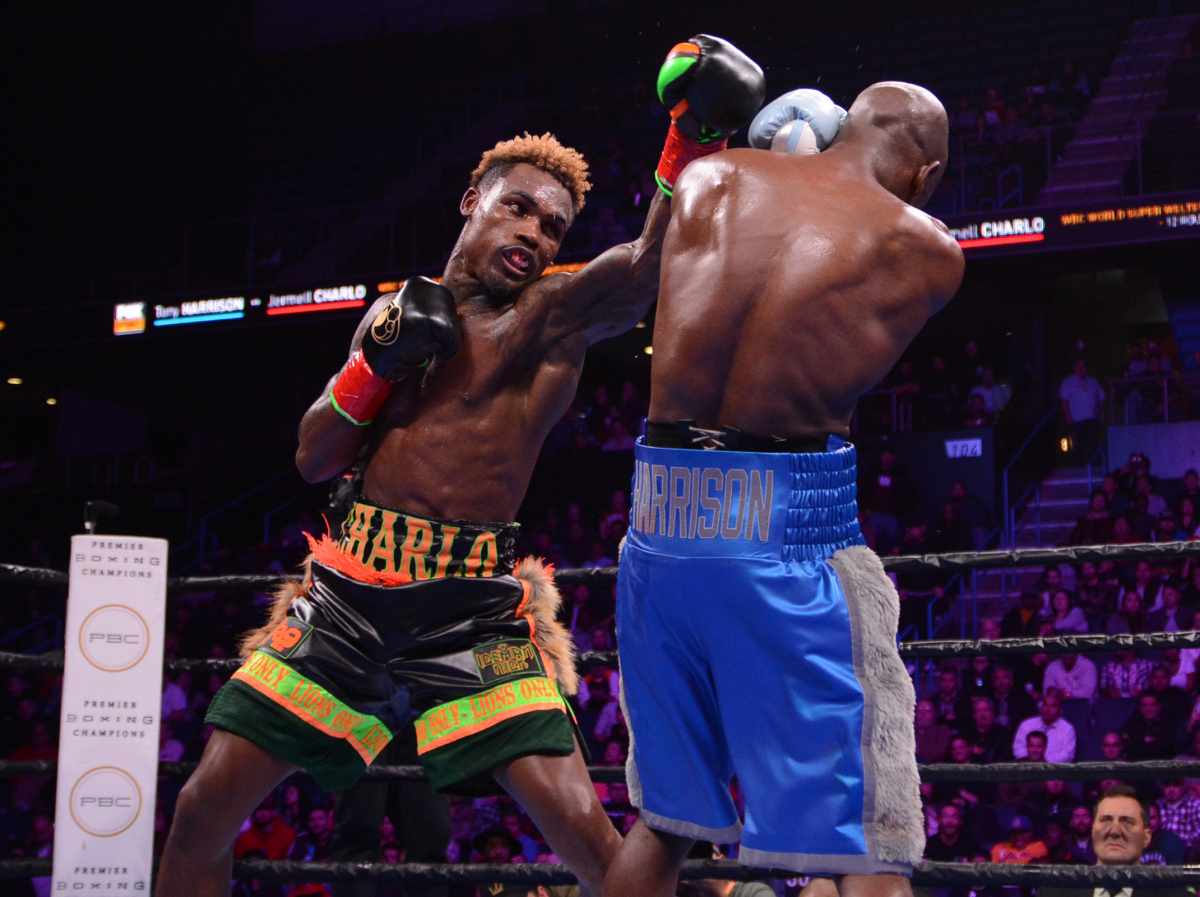
ONTARIO, Calif.-After falling behind on the scorecards Jermell Charlo unloaded a barrage on Tony Harrison that sent the champion down twice and forced the WBC super welterweight title to change hands once again before a stunned crowd on Saturday.
Houston’s Charlo (33-1, 17 KOs) regained the super welterweight title by knockout from Detroit’s Harrison (28-3, 21 KOs) to settle a bitter grudge before several thousand fans at Toyota Center. It settled a war of words that had been transpiring for more than a year.
“He held the title too long and I had to come back and get it,” Charlo said
The last time Charlo and Harrison met it was the Houston fighter who held the world title but he was out-worked and out-boxed by Michigan’s Harrison a year ago in Brooklyn. For 10 rounds their fight on Saturday was basically a repeat of the same fight.
Charlo broke out quick with a full attack mode that sent Harrison to the floor with a swarming attack. Harrison rode out the ensuing storm and eventually Charlo gassed out. That allowed Harrison to figure out a counter-attack.
Harrison used a short quick right uppercut to momentarily stop the charging Charlo and kept the Texas fighter guessing on his future charges. It also reminded Charlo that Harrison had possessed danger in those short and precise punches.
Soon the Detroit fighter began to target the body while mixing the attack. Charlo had no answer but tried to counter with swarm after swarm but was not effective. Round after round seemed to be put in the bank for Harrison who showed a cool and calm approach contrasted to Charlo’s wild swarms.
But in the 11th round Charlo unleashed another swarm and caught the slightly taller Harrison with a double left hook that floored the Detroit boxer who beat the count. Charlo kept the pressure on and unleashed a five-punch combination and down went Harrison again. He got up and was met with a swarming attack and though Harrison was still standing, referee Jack Reiss stopped the fight at 2:28 of the 11th round.
“I got the belt back and I didn’t leave it up to the judges,” Charlo said.” Tony is a former champion. He had a lot on the line. I dominated and I knocked him out.”
Harrison complained slightly to the referee for the stoppage but realized he was on tenuous ground after three knockdowns in the fight.
“Jack is a championship referee. I started getting a little lax and got caught,” Harrison said. “He earned it. I hate it, but he earned it.”
It was a good thing the fight was decided by knockout. Two judges had Charlo winning though Harrison was putting on a boxing clinic until the Houston fighter lowered the boom.
Heavyweights
Heavyweights knocked each other down three times for five rounds in an energetic fight before Nigeria’s Efe Ajagba (12-0, 10 KOs) powered by Georgia’s Iago Kiladze (26-5-1, 18 KOs) to finally win by knockout.
It looked like Ajagba was going to have an easy victory after dropping Kiladze with a right cross in the second round. That was only the beginning.
In the third round Ajagba nearly floored Kiladze again who teetered but did not fall. As the Nigerian waded in to finish the fight he was caught with a counter right cross and down went Ajagba. The crowd erupted in cheers but the Nigerian got up quickly and both heavyweights opened up with wild swings with neither landing. The fans roared their approval.
After a rather timid fourth round Ajagba moved in quicker for the attack and found an opening for a right cross that dropped Kiladze once again. And once again he got up on unsteady legs ready to fight. But his corner wisely felt the fighter from the Republic of Georgia was not capable of continuing and threw in a towel that prompted referee Tom Taylor to end the fight.
Olympian Has Fallen
Dreams of an undefeated 2019 for Olympian Karlos Balderas were crashed by Mexico’s Rene Giron who knocked out the taller fighter with a hellacious left hook in the sixth round of their lightweight match.
It was not a lucky punch.
The shorter but muscular Giron floored Balderas in the third round with a similar left hook. Balderas got up before the count but was on unsteady legs. Referee Ray Corona allowed the fight to continue and the bell rang a second later. Balderas had escaped a knockout loss.
But Balderas could not find an answer for the always attacking Giron who despite very short arms was able to muscle his way under the sharp jabs and ripping rights coming from the Santa Maria fighter who fought on the 2016 US Olympic team.
Giron was able to fight inside and pummel the body of Balderas who tried sharp combinations from the outside but just could not keep the Mexican from Queretaro from diving in with blows. He also could not keep the pace of the Mexican fighter who was relentless in his attack and did not telegraph his blows.
In the sixth round a right uppercut from Balderas snapped Giron’s head back and blood came pouring out from the Mexican fighter’s nose. But as the round closed Balderas fired a one-two combination and was countered by a Giron left hook. Down went Balderas who collapsed from the blow. He slowly got up but was unable to beat the count of referee Ray Corona who ended the fight by knockout at 2:59 of round six.
“After I knocked him down in the third round, I saw his eyes were rolled back like he was hurt, but he has the heart of a lion,’’ Giron said. “He didn’t want to lose his undefeated record in front of his people. When he got up, I was like, ‘Wow! He got up! He’s up!’ So I kept on him and left everything in the ring. I’m really happy. Karlos had said he fought with the best and he was an Olympian. Well, I fought a lot of people too and you see the result.’’
Other Bouts
Middleweights Hugo Centeno Jr. (27-3-1,14 KOs) and Juan Macias Montiel (21-4-1, 21 KOs) fought to a split draw after 10 back and forth rounds. Centeno used lateral movement to evade the always stalking fighter from Los Mochis, Mexico but in the latter half of the fight Montiel seemed to step up the tempo and batter the body.
Montiel suffered a cut in round eight but was able to sustain a more pronounced attack in the last three rounds as Centeno tried to pot shot his way to victory. After 10 rounds one judge scored it for Centeno 97-93 and another 96-94 for Montiel. A third judge scored it 95-95 making the fight a split draw. Fans were not happy by the decision but it was a very close middleweight struggle.
Russia’s Petr Khamukov (5-0, 2 KOs) won by knockout at the end of the second round over Maceo Crowder (2-4, 1 KO) in a middleweight fight. Khamukov floored Crowder with an overhand right in the first round. In the second round an exchange of punches seemed to cause problems with Crowder’s vision. At the end of the second round Crowder said he could not continue.
Colombia’s Oscar Escandon jumped into action at the opening bell and staggered Zhack Tepora early with a right cross. Both featherweight fighters exchanged with Escandon delivering a left hook and right to the body that sent the Filipino fighter to the floor for a count of 10 by referee Jack Reiss. Escandon was the winner by knockout at 1:30 of the first round.
“This fight was very important to me because I know I needed to win if I wanted to continue forward with my career,’’ Escandon said.
San Antonio’s Ray “Tito” Guajardo (5-0, 4 KOs) knocked out New Orleans super welterweight Donnis Reed (3-5, 2 KOs) with a three-punch combination at 1:40 of the first round. Reed was taken by stretcher to a nearby hospital. No word on his status.
Photo credit: Al Applerose
Check out more boxing news on video at The Boxing Channel
To comment on this story in The Fight Forum CLICK HERE
-

 Featured Articles3 weeks ago
Featured Articles3 weeks agoThe Hauser Report: Zayas-Garcia, Pacquiao, Usyk, and the NYSAC
-
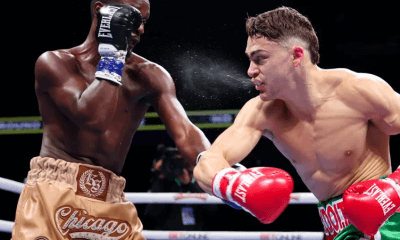
 Featured Articles2 weeks ago
Featured Articles2 weeks agoOscar Duarte and Regis Prograis Prevail on an Action-Packed Fight Card in Chicago
-
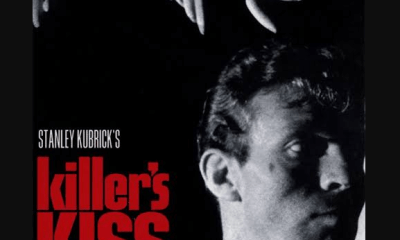
 Featured Articles1 week ago
Featured Articles1 week agoThe Hauser Report: Cinematic and Literary Notes
-
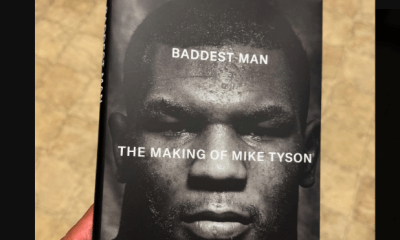
 Book Review4 days ago
Book Review4 days agoMark Kriegel’s New Book About Mike Tyson is a Must-Read
-
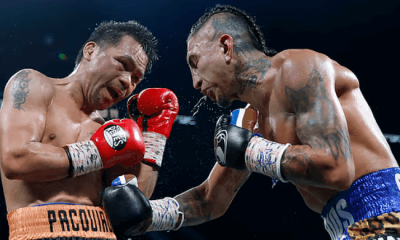
 Featured Articles4 weeks ago
Featured Articles4 weeks agoManny Pacquiao and Mario Barrios Fight to a Draw; Fundora stops Tim Tszyu
-
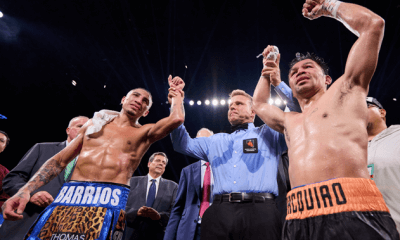
 Featured Articles4 weeks ago
Featured Articles4 weeks agoArne’s Almanac: Pacquiao-Barrios Redux
-

 Featured Articles3 weeks ago
Featured Articles3 weeks agoRemembering Dwight Muhammad Qawi (1953-2025) and his Triumphant Return to Prison
-
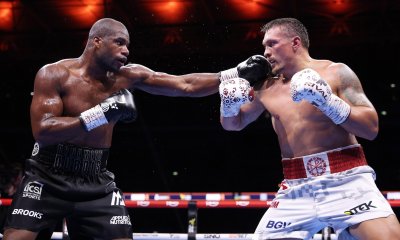
 Featured Articles4 weeks ago
Featured Articles4 weeks agoOleksandr Usyk Continues to Amaze; KOs Daniel Dubois in 5 One-Sided Rounds


